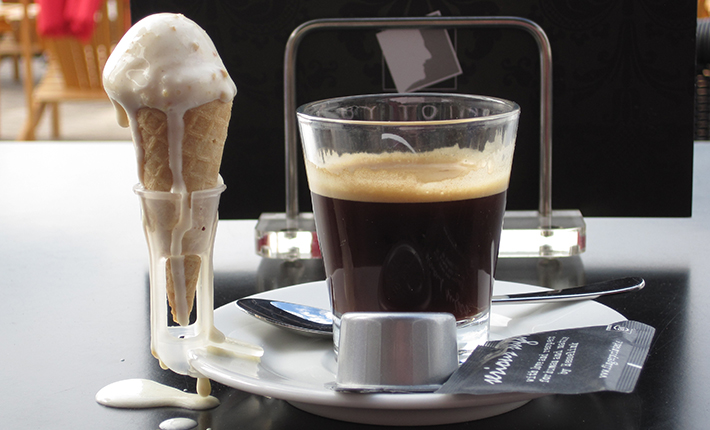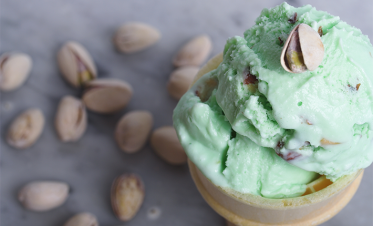Slow-melting ice cream
Scottish scientists have discovered a new natural protein, BslA (Biofilm surface level A) that makes ice cream more resistant to melting.
The advantage of slow-melting ice cream
This new discovery allows us to eat ice cream in a relaxed way without getting sticky fingers, even on hot summer days. In a study conducted by a joint team from the University of Dundee and the University of Edinburgh, researchers have discovered this naturally-occurring protein. When added to ice cream, BslA binds together the air, fat, and water in ice cream, making them more stable in a mixture. Next to that the BslA has more advantages. The protein also helps to prevent the formation of ice crystals, giving ice cream a smoother, finer texture. Because of the fact that ice cream with BslA binds better, it will be possible to make ice cream with less saturated fat and calories.
This protein could be useable in products as chocolate mousse as well as in mayonnaise, due to the fact that you can lower the amount of saturated fats. More important, the taste of the product isn’t influenced. The protein is now used in a Japanese breakfast dish called Natto, that is made of fermented soybeans.
Not yet for sale
The slow-melting ice cream will not be on the market within the next three to five years. But in 2020 we will probably all enjoy slow-melting ice cream!
Bron: Cool Things
Website: University of Dundee

















